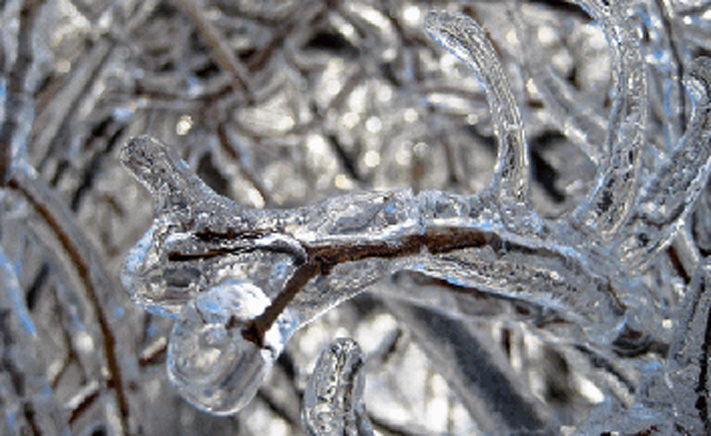Polar cyclones hit the United States and Canada
The coldest weather in years, breaking all-time records in some areas of the Midwest and South, hit the United States and Canada.
It was particularly challenging for those who were trying to fly in many areas of the country with cancelled flights at the end of the winter holidays leaving many people delayed and stranded.
The long duration of extremeky low temperatures in many regions will mean winter kill or damage to many plants. The milder temperatures that have occurred over the last few decades made the temperatures seem more extreme and have also seen plants surviving further north than previously seen.
So what does this mean for turf and forage plants. In some areas snow fell before the cold and if it was thick enough it probably insulated the plants from the extremes. Other areas had freezing rain or cold with no snow cover and significant damage may have occurred. In areas of the Transition zone, where more planting of bermudagrass has occurred, young stands and areas planted to bermudagrass cultivars that are not cold tolerant may have lost significant areas. In Eastern Canada and the Northern United States many of the ryegrasses and Poa annua may also be damaged. Young stands of Tall fescue may also be damaged in the Northern parts of their adaptation zone.
Another blast of frigid air is due this week but it may not be as cold.

